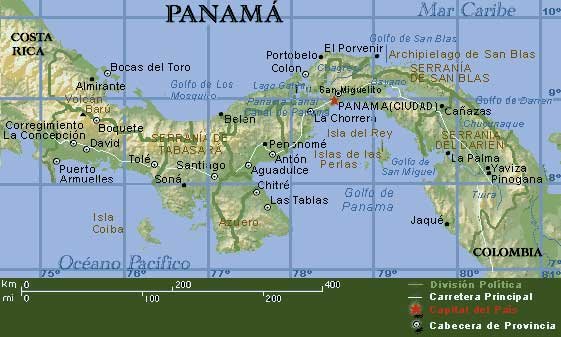You may remember when we did it the last time we were concerned with killing all pathogens dangerous to humans, so we made bocashi (or boccachi, or bocochi, or boccoshi), which is a fast hot compost, with it. We knew from our research that bocashi temperatures could get high enough to kill the pathogens, and we were pretty sure that ours did get that hot. However, last time we did not have a thermometer to test our assumptions....this time we did, and here are the results.
First, here's our list of ingredients:
- 60 gallons of poo & sawdust (we had another 5-gal bucket sitting around waiting)
- 4 sacos of balo leaves (balo is a tree here in Panama that grows amazingly)
- 6 ounces of yeast
- 8 cakes of raspadura (pressed sugar cane), mixed in about four gallons of water
- ~20 feet of tallo de platano (plantain or banana tree trunk), chopped
- 1 gallon of urine, mixed with about three gallons of water (our toilet seperates urine into a tank, and since urine is high in nitrogen it can be a valuable ingredient)
- 2 5-gallon tanques of soil
- 2 5-gallon tanques of finished compost from the last time
- 1 cartucha (plastic grocery bag) of carbon (ash from the school stove)

(A raspadura cake)
We mixed them all together. Many people would worry about the smell and ick-factor but amazingly there is almost no smell and ickyness to deal with, got to just trust me on that...April too was ready to wrinkle her nose and was plesantly suprised both times. In fact, the ickyest thing to go into the pile was some balo leaves that we had left soaking in water...those, ironically enough, smelled like stinky poo.

(We managed to time it just right so that the entire mixing process took place without shade)
 (Therefore, April had to take this picture after I mixed the pile; she then gave me a glass of water)
(Therefore, April had to take this picture after I mixed the pile; she then gave me a glass of water)Then we put the pile in our compost box, stuck in the compost thermometer my folks brought down for us, and watched the temperature rise. We talked about what our hopes were for peak temperatures...and we both independantly had been hoping to hit 122 degrees Fahrenheit and maintain it for at least 2-3 days including one re-mixing.

(The mix and the thermometer, beginning to heat up.)
It is important to have the temperature rise to kill weed seeds in the mix, as well as any pathogens. April did some research and got the following time/temperature combinations from the Humanure Handbook (http://www.jenkinspublishing.com/humanure.html) indicating what is needed to kill pathogens that cause concern for human health.

(We made this chart to facilitate envisioning the numbers from the following paragraph)
(See Chapter 7, page 144:
Complete pathogen destruction is guaranteed by arriving at a temperature of 62°C (143.6°F) for one hour, 50°C (122°F) for one day, 46°C (114.8°F) for one week or 43°C (109.4°F) for one month. It appears that no excreted pathogen can survive a temperature of 65°C (149°F) for more than a few minutes. A compost pile containing entrapped oxygen may rapidly rise to a temperature of 55°C (131°F) or above, or will maintain a temperature hot enough for a long enough period of time to destroy human pathogens beyond a detectable level (see Figure 7.6).)
So how did our pile do heating up? Here is a chart of the temperatures we found by poking around in the middle of the pile and the corners/edges, looking for high and low readings.

If you'd rather just see the numbers graphically, here is our high and low readings from the center of the pile, compared to the temperatures necessary to kill the bad stuff and how long they need to be maintained.

(You can see that our high (red) and low (grey) have exceeded in temperature and time even that needed to kill everything in one minute (single orange dot at 6:30am, just 18 hours after we started). Depending on your browser, you may be able to click on the chart to see it bigger.)
(The thermometer reading at a hot spot)
Needless to say, we have been thrilled at our sucess with getting the bocachi to heat up sufficiently. Look for a post soon on the beautiful soil that was produced by our first batch of bocashi and what we're growing in it.




1 comment:
Thank you all for sharing all this great composting work you are doing! I'm learning a lot from you. I am experimenting with 3 composting systems in my backyard, and I have to say that the "poo", in my case, chicken poo, really helps to heat things up!
-Lauren
Post a Comment